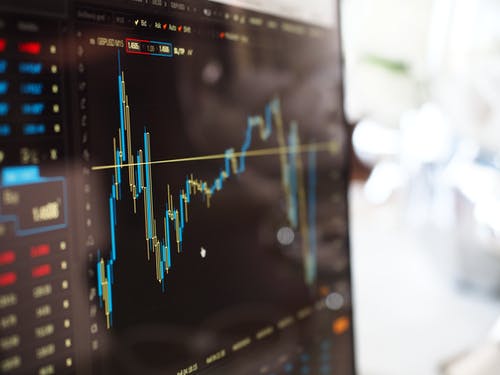Tipes
The difference between common and preferred stocks in Asia

Common and preferred stocks in Asia are bought and sold like any other commodity type. The first step to trading is knowing how to manage your risk. Therefore a trader needs to make the best decisions based on their research. Let’s take a look at common and preferred stock types in Asia:
Understanding the different types of stocks can be challenging for a new investor. This article aims to help you understand the difference between common and preferred stocks, which share many similarities and have many key differences that you should know about before investing.
There are two main types of stock: common stock and preferred stock. In terms of market capitalisation, common stock typically has a larger market cap than preferred stock because they trade on exchanges.
What is common stocks in Asia?
Common stock is the most common type of publicly traded equity and represents just one vote per share you own. This means that all shareholders get a say in company decisions, such as electing board members or changing corporate bylaws.
Suppose you own common stock shares in a public corporation. In that case, you also have the right to attend shareholder meetings and obtain important information about the business through proxy statements and other similar regular filings. You can sell your common stock anytime (though the price may depend on demand and market conditions).
It’s important to note that common stock has a higher risk than preferred stock because it does not hold any extra claims over assets in case of liquidation. Plus, its value may fluctuate more than preferred stocks on a day to day basis.
What is preferred stocks in Asia?
Preferred stock is very similar to common stock. Still, it has one significant difference: preferred shareholders have a higher claim on a corporation’s assets and earnings than common shareholders, meaning that they are paid before the company pays any dividends to its common shareholders.
Preferred shares usually come with no voting rights (though some may carry limited voting rights), which means that their holders don’t get any say in determining the company’s business affairs or direction aside from electing directors for some issues if provided for by the issuer’s certificate of incorporation (which would vary depending on the jurisdiction). Instead, owners receive fixed payments at regular intervals (for example, monthly) until all outstanding debt owed to creditors is eradicated, after which point any residual profit is distributed to shareholders.
The main advantage of preferred stock is that it has a fixed value and usually a fixed dividend rate, which would make it easier for investors to figure out their return on investment (ROI). The downside is that the company may not have the ability to repay all debts at once, which could impact your earnings if you’re forced to convert your preferred shares into common ones as a result.
Preferred stocks are much smaller than common stocks in terms of market capitalisation because they infrequently trade on exchanges. Plus, buyers have less demand due to their rather dull characteristics. If you can’t vote or have limited voting rights and don’t receive high dividends.
Summary
Common stock has more risk than preferred stock because it does not hold any extra claims over assets in case of liquidation. There is no dividend, and the company may not have the ability to repay all debts at once. It’s more like an eventual return with no cutoff date than preferred stock which is a fixed rate and cut off date.
Common stock typically has a larger market cap than preferred stock because they trade on exchanges. If you are a beginner trader interested in the stock market, you should use a reliable and reputable online broker from Saxo Bank and trade on a demo account before investing real money; learn more here.

















































